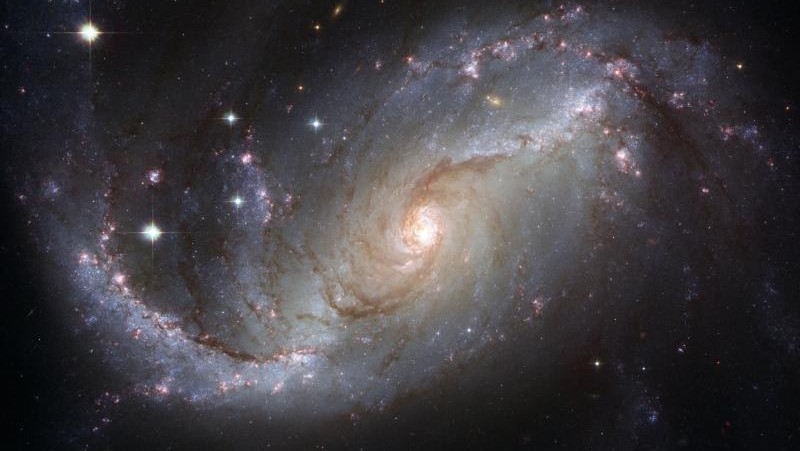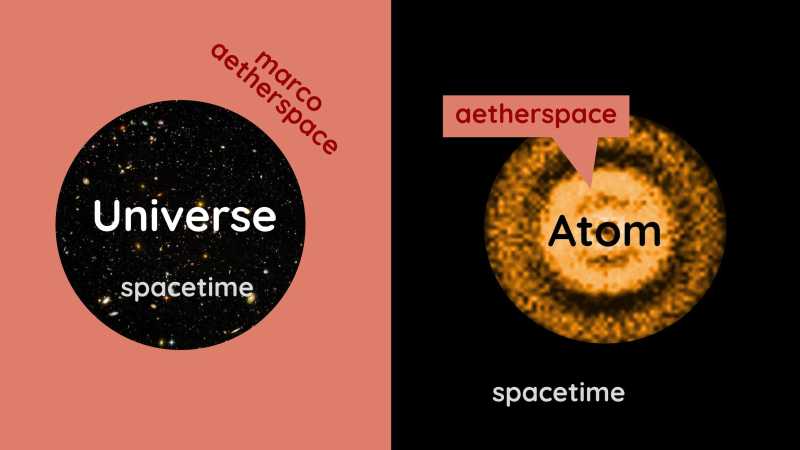The Fallacy of the Age of the Universe
Table of Contents
Recently, physicist Rajendra Gupta of the University of Ottawa tried to update the age of the universe from 13.8 billion years to 26.7 because of the recent finding of the James Webb Telescope
- The universe was spread out more evenly than expected
- The oldest galaxies were smaller compared to our younger Milky Way and were more than expected
To this we add earlier surprises from cosmic microwave background (CMB) data:
- Gravitational waves did not exist in the CMB
- The temperature differences in the CMB did not have much variety

This led physicists to create new theories to explain the data. While some have tried to modify Lambda CDM, Gupta uses the tired light theory of Fritz Zwicky.
Tired Light is Wrong
Tired Light was proposed back in 1929 as a mechanism for redshift.
It suggests that photons lose their energy over time through collisions with other particles. This would then make the distant particles appear redder than the nearby ones.
However, this contradicts the expanding universe.

But the tired light theory is wrong because, according to Cartesian Physics, the real mechanism for red shift is the edges of galaxies not being totally in sync. This causes the light to stretch, causing a red shift.
Zwicky (and the rest of Newtonian Physics) does not have the concept of galaxy edges.
And so he accounts for the red shift by putting the energetic or color property of light onto gravity, which is really a property of spacetime.
This idea was revived by Rajendra Gupta to explain redshift observations. He uses that property of light to account for dark matter and dark energy.
But this leads to quack physics:
- sometimes light has that red-shifting property – this leads to a non-expanding universe
- sometimes that property transfers to spacetime – this leads to an expanding universe
So if the error of Gupta’s 26.7 billion year age is the confusion between light and space, what is the cause of the 13.8 billion year error of Modern Physics?
Religion as the Cause of the Finite Age of the Universe
The root cause of physicists assigning an age to the universe is because Modern Physics came from Europeans who were indoctrinated by the Bible.
The Bible has Genesis wherein God was said to create the world in 7 days. So the 1st day is the start day.
According to our Anunnaki Hypothesis, the Bible is an account of how the Anunnaki created humans via genetic manipulation of Homo Erectus.
- Their arrival has a start day
- Their departure, after the Great Flood, was supposed to be the end of the world
This is consistent with the Big Bang theory being created by a priest.
We can say that:
- the 13.8 billion year age is the matter-based paradigm. This was caused by the Genesis indoctrination by Christianity
- the 26.7 billion year age is the light-based paradigm. This was caused by the abandonment of the aether idea which is the real cause of the expansion of the universe
The Age of the Subjective Universe
The Physics of Asia, Descartes, Spinoza, and Leibniz:
- were not blind believers to the Biblical dogma
- all asserted an eternal, infinite universe
In Cartesian Physics, dark energy is a crudified aether which we call the aetherspace, which is the same substance as atomic space and the gluon field.
The variability of the expansion from dark energy proves the subjectivity of the universe.
This subjectiveness depends on the aether or 5th Element which works mainly through the aetherspace which binds spacetime, either keeping it static or allowing it to expand.
So the “age” of the universe then depends on this static or expanding state.
Since the aether is the substance of mind, and since it controls the aetherspace which then controls space and time, then it means that the universe has no single starting point other than the mind that is perceiving that universe..

- If the James Web Telescope teleported to another galaxy, it would see the same even distribution of galaxies. It would then recompute the age of the universe based on the perspective of that galaxy and find that the age is different. This would prove Descartes correct that the age and size of the universe is indefinite.
- If it positioned itself at the edge of the known universe and tried to teleport beyond the edge, it would merely “expand” the universe by exposing a new area of it.
Therefore, the age of a universe depends on the star, galaxy, or layer where the perceiving mind is.
-
When humans were cavemen, their aetherspace was in lower 4th density in the Material Layer making them not care about the age of universe. At this point, the edge of the universe (spatial internal boundary) was set by their eyes.
-
When humans developed their aetherspace (as mentality) as to create telescopes to see the expansion of the universe, they upgraded their aetherspace so that they could think that the universe as being 13.8 billion years “old” relative to the edge of the universe, not the start of the universe. This edge was expanded by telescopes which aided their imagination or mentality.
-
But from a mind or species that is in 5th density in the Radiant Layer and are made up of photons instead of atoms, the universe is just a few ’light-years’ old.
-
From a species in 6th density as the Spatial layer, the universe is a few ‘days’ old.
-
From a species in the 7th density or the aethereal layer, the universe is a few ‘seconds’ old and even instantaneous. This is because the aethereal layer is closest to the non-layer which we call ‘probabilty’. Moreover, it is also above spacetime, making time irrelevant. This then makes questions of age or timespan irrelevant.
The age of a universe depends on the star, galaxy, or layer where the perceiving mind is
The layer that the mind occupies then depends on the strength of the Negative Force on it.